RC-Project Shock Cups V2 TNG
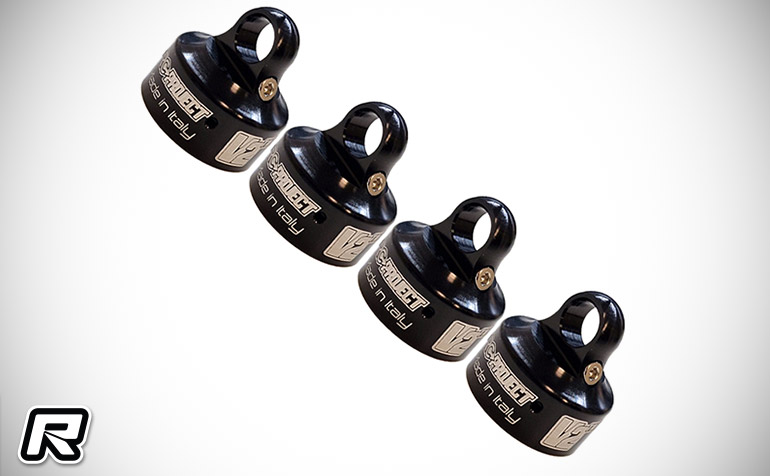
After 18 months of development and testing, 12 prototype molds, 6 final, 3 different Shock Cups, litres and litres of silicone oil and one European Championship win with Juan Carlos Canas, RC Project has finally revealed its new V2 Shock Cap. The whole project has been revised compared to V1, now the Shock Cap can work as Bladder or Emulsion. The V2 Shock Cap now has 4 bleed holes (there were 3 on V1) and a new inclined hole to secure an M2 screw. It can also be used for Vented System (only in combination with honeycomb bladders) and inner chamber has been re-designed to maximise the performance both in emulsion or bladder system. The emulsion screw seal has a rectangular cross-section with a small pocket aimed to facilitate and speed up operations, this will also ensure that the seal is not damaged during the disassembly process.
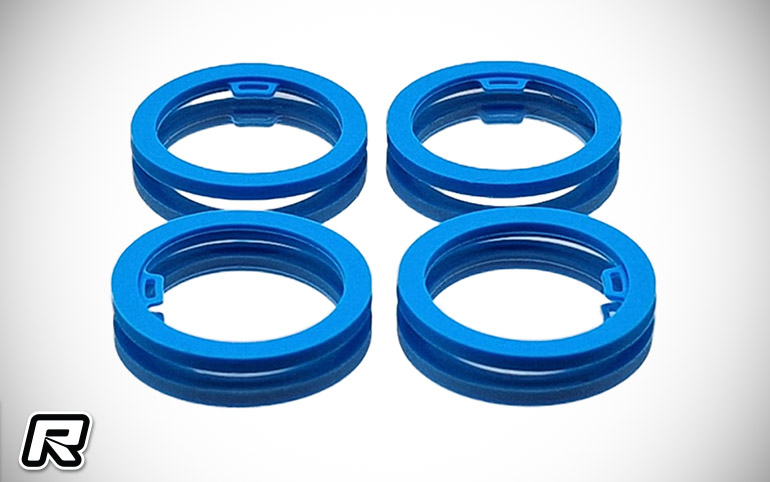
After several disappointing tests with commercial screws, we decided to design and produce our own Allen screw for V2 Shock Caps. Made from Alloy steel with strength class 12.9 (1200 N/mm²) and Nickel coated they designed a groove at the end of the thread, so a small 0.6mm section O-ring can fit. This O-ring, compressing, will create a seal between the screw and the hole. Zero air or oil leaks guaranteed.
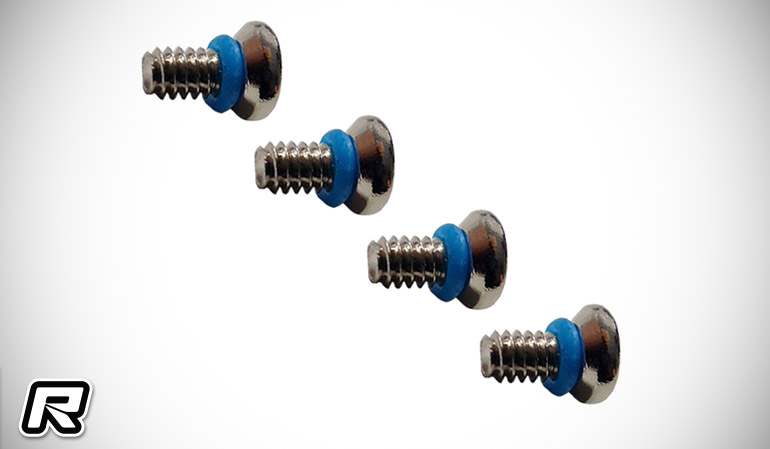
Honeycomb Bladders: the bladders have been completely redesigned to work inside the new Shock Caps. Volumes, sections and hardness have been re-designed to have almost zero-rebound during assembly, and to limit as much as possible the rebound gain that normally happens after each run. The bladders have a concavity to make room to the piston retainer nut, so the up-travel isn’t limited (like happens with some other bladders). This innovative design also avoid any risk of damaging the bladder under heavy hits, maintaining a linear movement of the shaft.
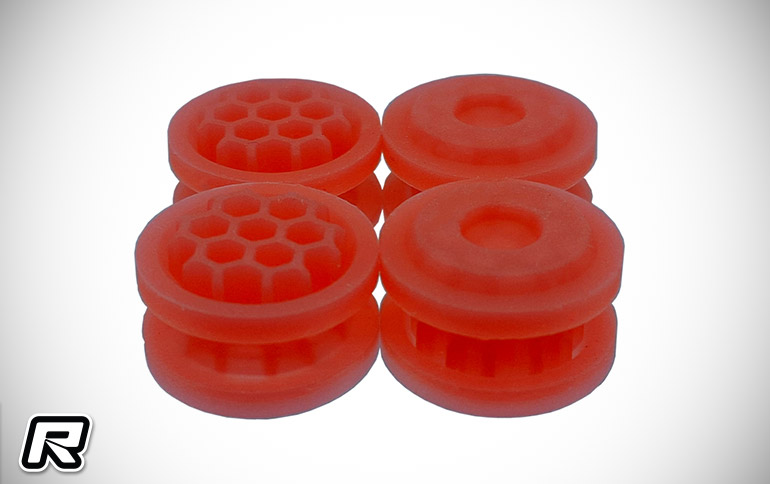
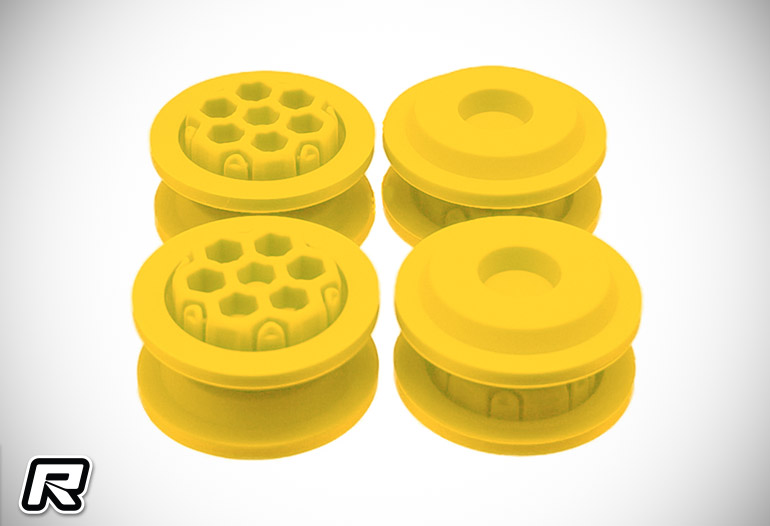
Bumpy Bladders: this new option was not present in the previous V1 and was a big surprise for our test drivers. It is an in-between emulsion and honeycomb: not suited for all conditions but where they worked the results in terms of performances were amazing. The air side design provides an internal grid that connects and reinforces the central and lateral sides allowing the bladder to maintain its original shape even under big hits. The oil side design shares the same honeycombs’ philosophy.
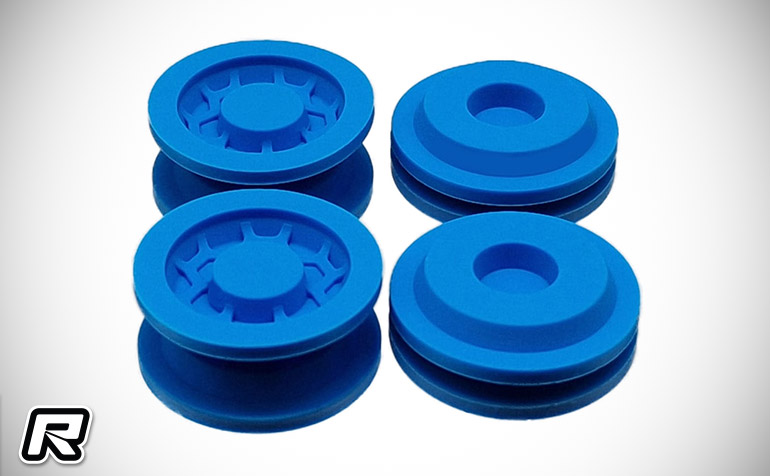
Source: RC-Project [rc-project.it]




